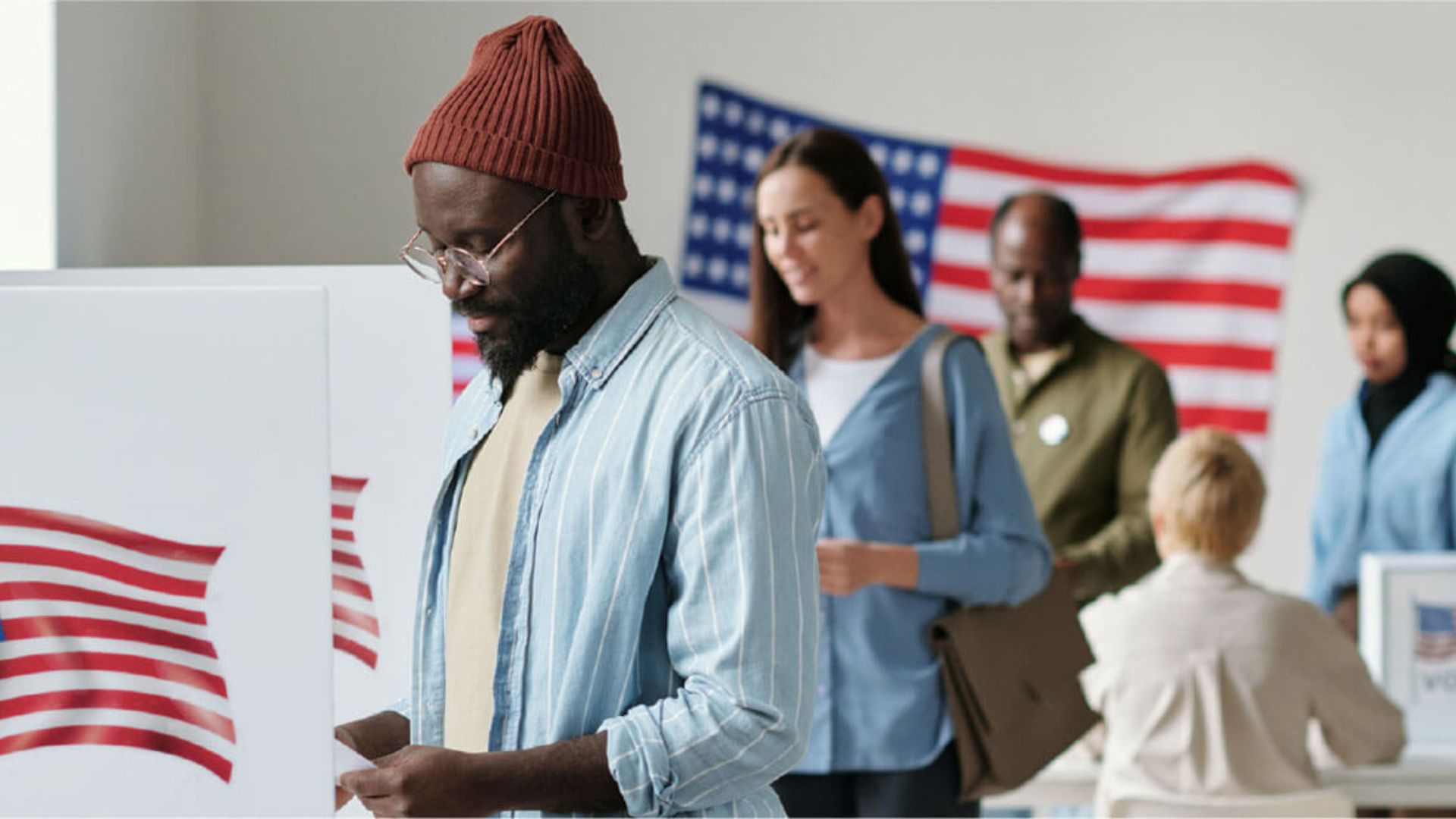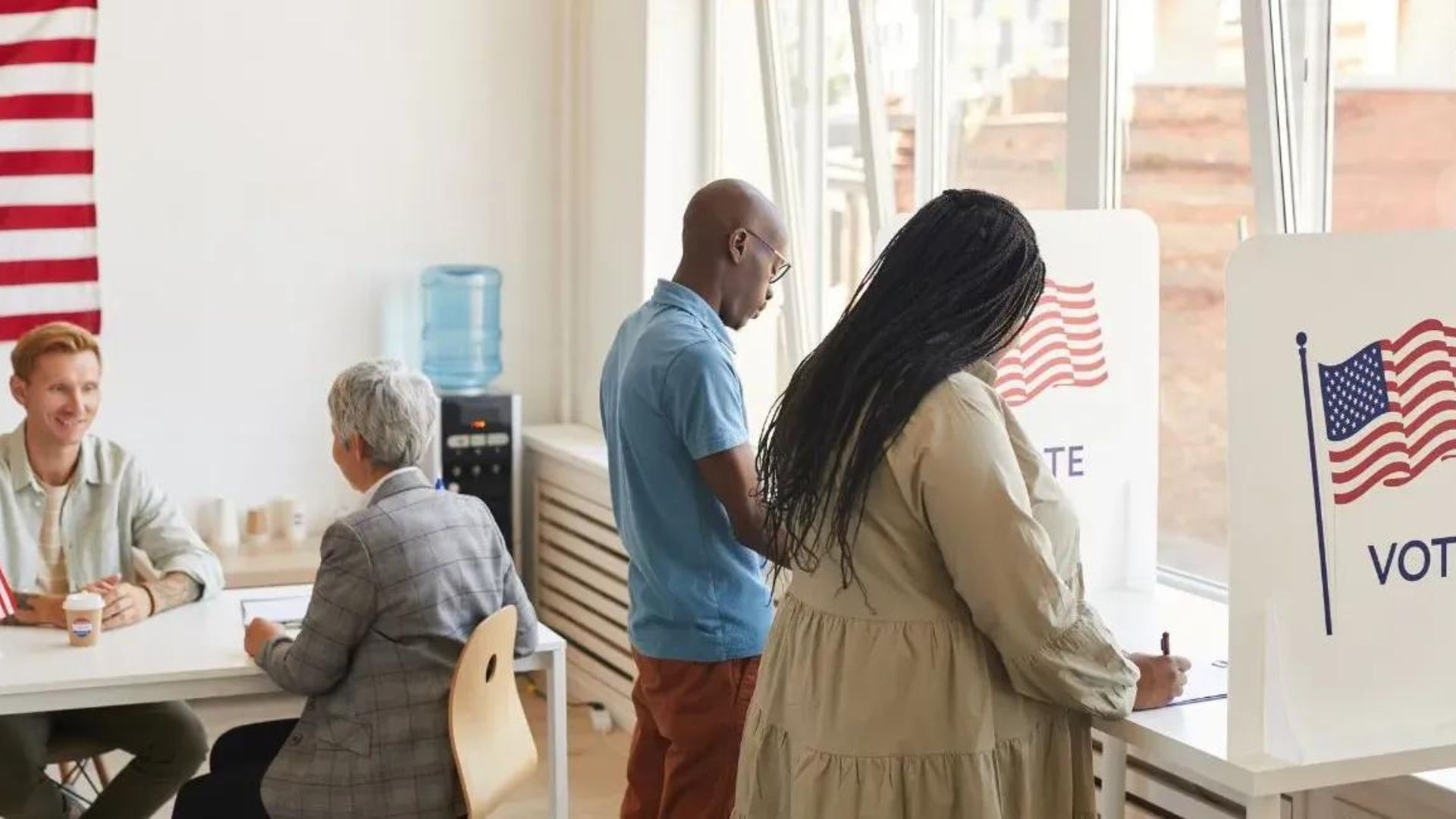Conducting voter outreach for elections is a crucial aspect of any campaign. It involves engaging with potential voters to inform them about the election, encourage their participation, and ensure they are aware of the candidates and issues at stake. This article provides a comprehensive guide on how to effectively conduct voter outreach to maximize voter turnout and engagement.
Understanding Your Audience
The first step in conducting voter outreach for elections is understanding your audience. Knowing who your potential voters are will help tailor your message and choose the most effective outreach methods. Segment your audience based on demographics, interests, and voting history. This approach allows you to address the specific concerns and interests of different groups, making your outreach efforts more effective.

Creating a Clear Message
A clear and compelling message is essential for conducting voter outreach for elections. Your message should resonate with voters and clearly communicate the importance of their participation. Focus on the key issues and how they impact voters’ lives. Make sure your message is easy to understand and free of jargon. A strong, clear message will help motivate voters to take action and engage with your campaign.
Utilizing Multiple Communication Channels
Effective voter outreach requires the use of multiple communication channels. Combining traditional methods like door-to-door canvassing and phone calls with digital strategies such as social media and email campaigns can reach a wider audience. Each channel has its strengths, so use them in conjunction to ensure your message reaches as many people as possible. Digital platforms are particularly useful for targeting specific voter groups and engaging them directly.
Engaging Through Social Media
Social media is a powerful tool for conducting voter outreach for elections. Platforms like Facebook, Twitter, and Instagram allow you to connect with voters, share important information, and encourage participation. Use social media to run targeted ads, post updates, and engage with voters through comments and messages. Regular interaction on social media helps build a relationship with your audience and keeps them informed about the election.
Organizing Community Events
Hosting community events is another effective way of conducting voter outreach for elections. Events such as town hall meetings, debates, and rallies provide opportunities for voters to meet candidates, ask questions, and learn more about the issues. These events can help create a sense of community and involvement, making voters feel more connected to the election process.
Leveraging Local Influencers
Local influencers can play a significant role in conducting voter outreach for elections. Partnering with community leaders, activists, and local celebrities can help amplify your message and reach a broader audience. Influencers who are respected and trusted in their communities can encourage their followers to participate in the election and support your campaign.
Providing Clear Voting Information
One of the key aspects of conducting voter outreach for elections is providing clear and accurate voting information. Ensure voters know where and how to vote, including details about polling locations, registration deadlines, and acceptable forms of identification. Providing this information in a user-friendly format, such as through a website or mobile app, helps reduce confusion and barriers to voting.
Encouraging Voter Registration
Encouraging voter registration is a fundamental part of conducting voter outreach for elections. Many eligible voters may not be registered, so it’s important to actively promote registration drives. Provide resources and assistance for individuals to register, and highlight the importance of being registered to vote. Registration drives can be conducted through various channels, including online platforms, community events, and partnerships with local organizations.
Monitoring and Adjusting Your Strategy
Continuous monitoring and adjustment are essential for successful conducting outreach for elections. Track the effectiveness of your outreach efforts using metrics such as engagement rates, response rates, and voter turnout. Analyze what works and what doesn’t, and adjust your strategy accordingly. Flexibility and responsiveness will help you stay on track and improve your outreach efforts over time.
Building Long-Term Relationships
Finally, conducting voter outreach for elections should not end on Election Day. Building long-term relationships with voters is crucial for future campaigns and civic engagement. Stay in touch with voters, update them on ongoing issues, and involve them in community activities. A strong relationship with voters enhances trust and encourages continued participation in the democratic process.
Conclusion
Conducting voter outreach for elections is a multifaceted process that involves understanding your audience, creating a clear message, and utilizing various communication channels. Engaging through social media, organizing community events, and leveraging local influencers are effective strategies. Providing clear voting information, encouraging voter registration, and continuously monitoring your efforts will help maximize voter engagement and turnout. By building long-term relationships with voters, you can ensure ongoing participation and support for future elections.

